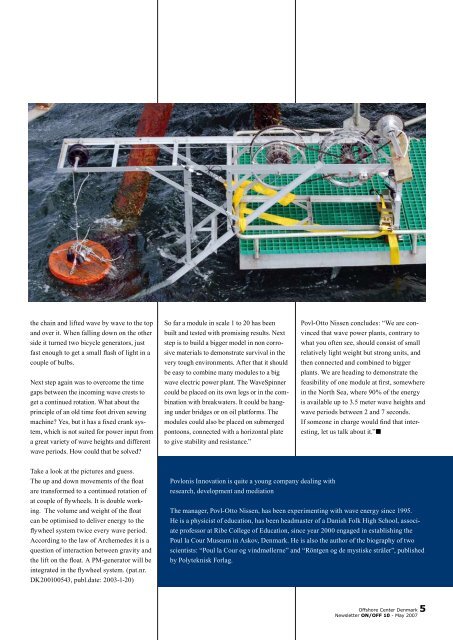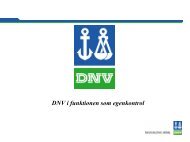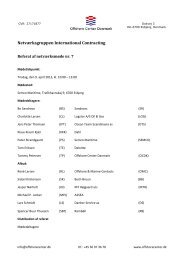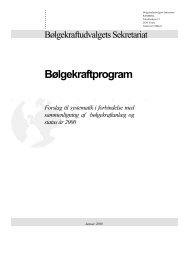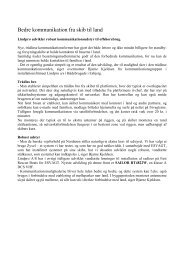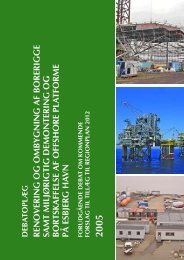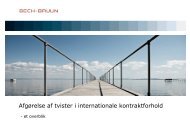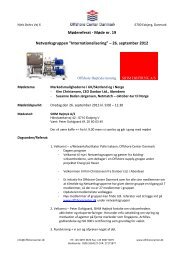Create successful ePaper yourself
Turn your PDF publications into a flip-book with our unique Google optimized e-Paper software.
the chain and lifted wave by wave to the top<br />
and over it. When falling down on the other<br />
side it turned two bicycle generators, just<br />
fast enough to get a small flash of light in a<br />
couple of bulbs.<br />
Next step again was to overcome the time<br />
gaps between the incoming wave crests to<br />
get a continued rotation. What about the<br />
principle of an old time foot driven sewing<br />
machine? Yes, but it has a fixed crank system,<br />
which is not suited for power input from<br />
a great variety of wave heights and different<br />
wave periods. How could that be solved?<br />
Take a look at the pictures and guess.<br />
The up and down movements of the float<br />
are transformed to a continued rotation of<br />
at couple of flywheels. It is double working.<br />
The volume and weight of the float<br />
can be optimised to deliver energy to the<br />
flywheel system twice every wave period.<br />
According to the law of Archemedes it is a<br />
question of interaction between gravity and<br />
the lift on the float. A PM-generator will be<br />
integrated in the flywheel system. (pat.nr.<br />
DK200100543, publ.date: 2003-1-20)<br />
So far a module in scale 1 to 20 has been<br />
built and tested with promising results. Next<br />
step is to build a bigger model in non corrosive<br />
materials to demonstrate survival in the<br />
very tough environments. After that it should<br />
be easy to combine many modules to a big<br />
wave electric power plant. The WaveSpinner<br />
could be placed on its own legs or in the combination<br />
with breakwaters. It could be hanging<br />
under bridges or on oil platforms. The<br />
modules could also be placed on submerged<br />
pontoons, connected with a horizontal plate<br />
to give stability and resistance.”<br />
Povlonis Innovation is quite a young company dealing with<br />
research, development and mediation<br />
Povl-Otto Nissen concludes: “We are convinced<br />
that wave power plants, contrary to<br />
what you often see, should consist of small<br />
relatively light weight but strong units, and<br />
then connected and combined to bigger<br />
plants. We are heading to demonstrate the<br />
feasibility of one module at first, somewhere<br />
in the North Sea, where 90% of the energy<br />
is available up to 3.5 meter wave heights and<br />
wave periods between 2 and 7 seconds.<br />
If someone in charge would find that interesting,<br />
let us talk about it.”n<br />
The manager, Povl-Otto Nissen, has been experimenting with wave energy since 1995.<br />
He is a physicist of education, has been headmaster of a Danish Folk High School, associate<br />
professor at Ribe College of Education, since year 2000 engaged in establishing the<br />
Poul la Cour Museum in Askov, Denmark. He is also the author of the biography of two<br />
scientists: “Poul la Cour og vindmøllerne” and “Röntgen og de mystiske stråler”, published<br />
by Polyteknisk Forlag.<br />
<strong>Offshore</strong> <strong>Center</strong> Denmark 5<br />
Newsletter <strong>ON</strong>/<strong>OFF</strong> 10 - May 2007


